What Is Difference Between Nd Filter And Polarizer ?
An ND filter (Neutral Density filter) and a polarizer are two different types of camera filters used for different purposes.
An ND filter reduces the amount of light entering the camera lens without affecting the color or contrast of the image. It is used to achieve a slower shutter speed or wider aperture in bright conditions, allowing for creative effects such as motion blur or shallow depth of field.
On the other hand, a polarizer filter reduces glare and reflections from non-metallic surfaces such as water, glass, or foliage. It also enhances color saturation and contrast, making the image appear more vibrant and vivid. It is commonly used in landscape photography to capture clear and crisp images with deep blue skies and green foliage.
In summary, an ND filter is used to control exposure, while a polarizer is used to control reflections and enhance colors.
1、 ND filter reduces light without affecting color.
What is the difference between ND filter and polarizer? While both ND filters and polarizers are used to control the amount of light entering the camera, they serve different purposes. ND filters reduce the amount of light entering the camera without affecting the color of the image. This is useful in situations where the photographer wants to use a slower shutter speed or wider aperture to achieve a specific effect, such as blurring motion or creating a shallow depth of field. ND filters are also commonly used in bright outdoor settings to prevent overexposure.
On the other hand, polarizers are used to reduce glare and reflections, as well as to enhance colors and contrast. They work by filtering out light waves that are polarized in a certain direction, which can be particularly useful when shooting landscapes or water scenes. Polarizers can also be used to darken skies and make clouds stand out more prominently.
It's worth noting that some filters, such as variable ND filters, combine the functions of both ND filters and polarizers. These filters allow the photographer to adjust the amount of light entering the camera while also reducing glare and enhancing colors. However, they can be more expensive and may not provide the same level of control as separate ND and polarizing filters. Ultimately, the choice between ND filters and polarizers (or a combination of both) will depend on the specific needs of the photographer and the type of photography they are doing.
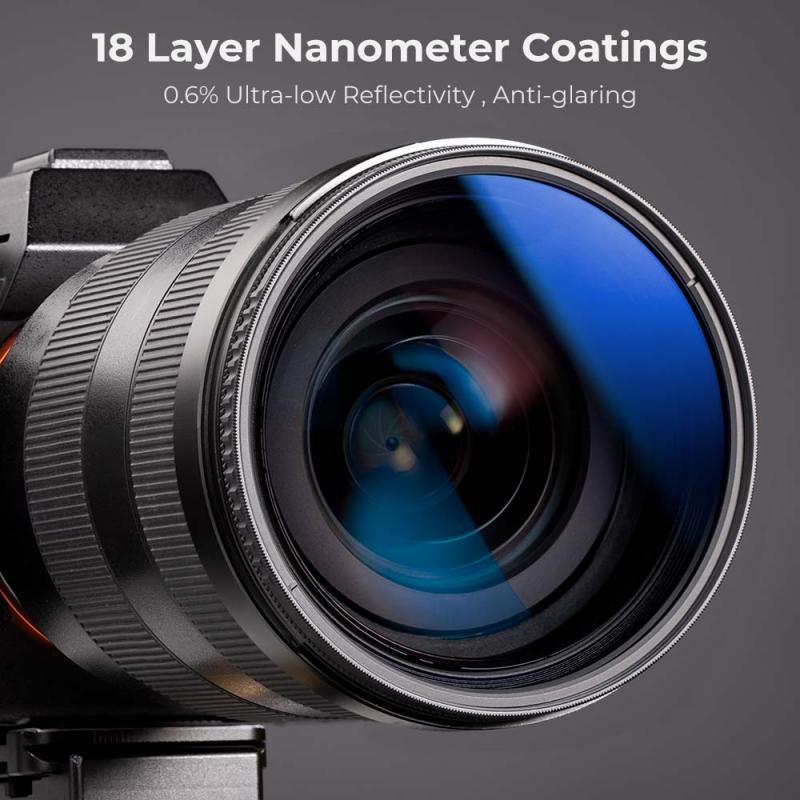
2、 Polarizer reduces reflections and enhances color saturation.
What is the difference between ND filter and polarizer? While both ND filters and polarizers are used in photography to achieve specific effects, they serve different purposes. ND filters are used to reduce the amount of light entering the camera, allowing for longer exposure times without overexposing the image. This is particularly useful in situations where a photographer wants to capture motion blur or create a shallow depth of field in bright lighting conditions. On the other hand, polarizers are used to reduce reflections and enhance color saturation. They work by filtering out polarized light, which is light that is reflected off surfaces at a specific angle. This can be particularly useful when shooting landscapes or water scenes, where reflections can be distracting or unwanted.
While both ND filters and polarizers can be used to achieve creative effects in photography, they are not interchangeable. ND filters are primarily used to control exposure, while polarizers are used to control reflections and enhance color saturation. However, some photographers may choose to use both filters together to achieve a specific effect, such as capturing a long exposure of a waterfall while also reducing reflections on the water's surface. Ultimately, the choice of which filter to use will depend on the specific needs of the photographer and the desired outcome of the image.
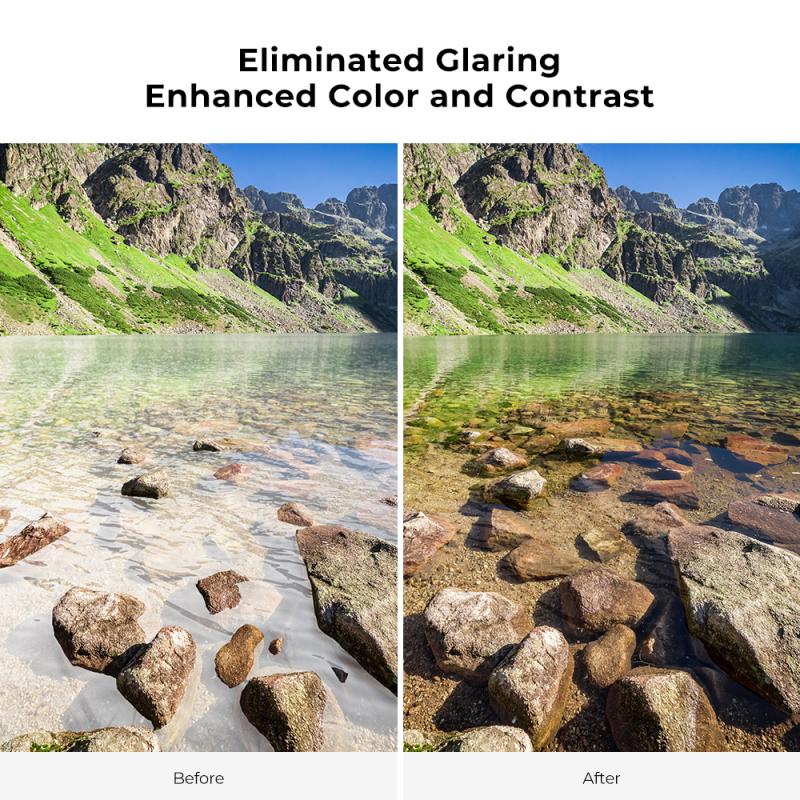
3、 ND filter is used for long exposures and shallow depth of field.
What is the difference between ND filter and polarizer? While both ND filters and polarizers are used in photography to control the amount of light entering the camera, they serve different purposes.
ND filters are used to reduce the amount of light entering the camera, allowing for longer exposures and shallower depth of field. This is particularly useful in landscape photography, where a longer exposure can create a smooth, silky effect on waterfalls or rivers, or to blur the motion of clouds in the sky. ND filters come in different strengths, from 1-stop to 10-stop, and are often used in combination with a tripod to ensure a steady shot.
On the other hand, polarizers are used to reduce glare and reflections, and to enhance colors and contrast. They are particularly useful in outdoor photography, where they can make blue skies appear more vibrant and reduce reflections on water or glass surfaces. Polarizers come in two types: circular and linear. Circular polarizers are the most common and are designed to work with autofocus cameras, while linear polarizers are best suited for manual focus cameras.
In summary, while both ND filters and polarizers are used to control the amount of light entering the camera, they serve different purposes. ND filters are used for long exposures and shallow depth of field, while polarizers are used to reduce glare and reflections and enhance colors and contrast.

4、 Polarizer is used for outdoor photography and water scenes.
While it is true that polarizers are commonly used for outdoor photography and water scenes, it is important to note that they serve a different purpose than ND filters.
A polarizer is designed to reduce glare and reflections from non-metallic surfaces such as water, glass, and foliage. It can also enhance the color saturation and contrast of the scene, making it ideal for landscape and nature photography. However, polarizers have limited use in low light situations or when a longer exposure time is required.
On the other hand, ND filters are used to reduce the amount of light entering the camera, allowing for longer exposure times or wider apertures in bright conditions. This is particularly useful for capturing motion blur in waterfalls, rivers, and other moving subjects. ND filters come in different strengths, from light to heavy, and can be stacked to achieve even greater light reduction.
In summary, while both polarizers and ND filters can be useful for outdoor photography and water scenes, they serve different purposes. Polarizers reduce glare and enhance color saturation, while ND filters allow for longer exposures and wider apertures in bright conditions. It is important to choose the right filter for the specific situation and desired effect.
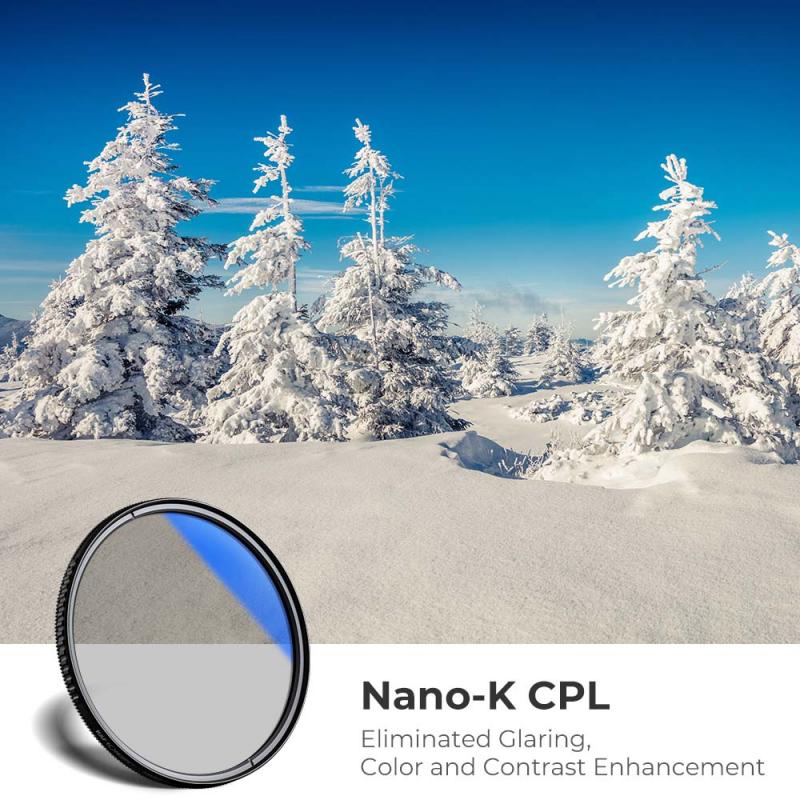

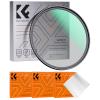


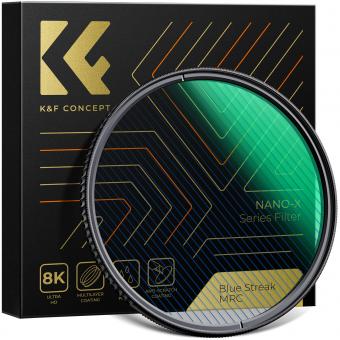



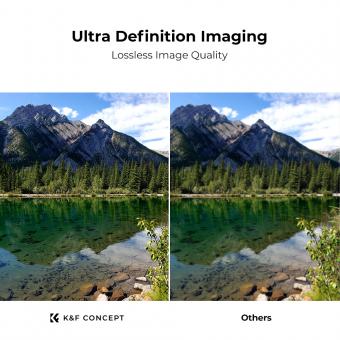






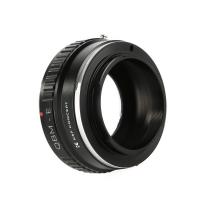





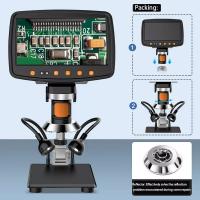
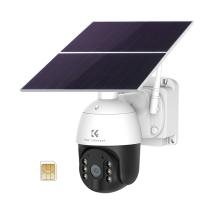
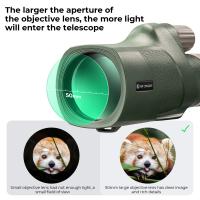


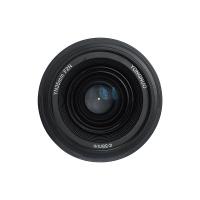
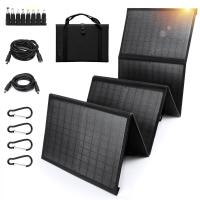



There are no comments for this blog.